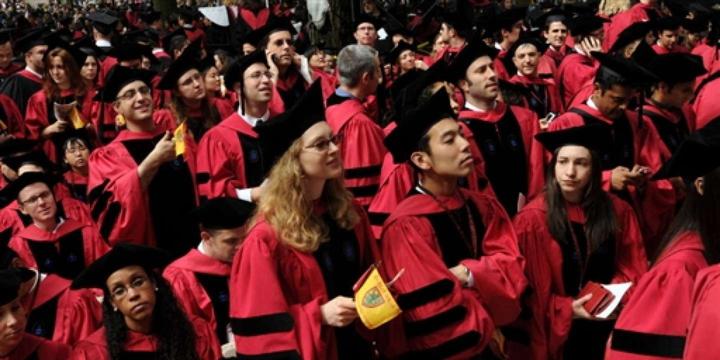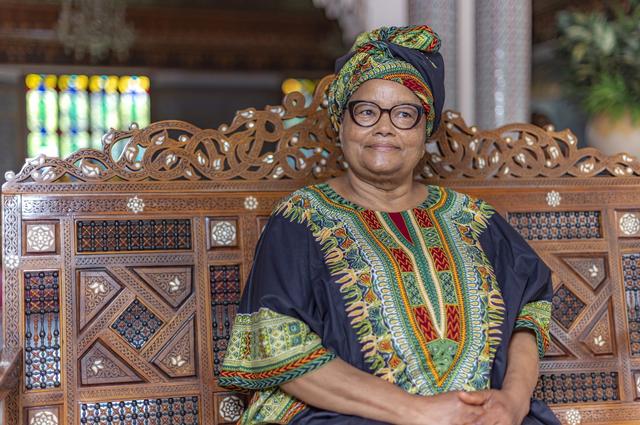In the United States, "positive discrimination has increased the proportion of blacks and Hispanics among students of the best universities"
In the United States, universities have introduced positive discrimination measures in favor of African-Americans in the 1960s. But they are indirect, and some states have returned to these programs, explains Daniel Sabbagh, research director at the Research CenterInternational (CERI) of Sciences Po and specialist in the subject.
When did the United States began to collect ethnic statistics?
In the broad sense, from 1790, as part of the census.Originally, the enumerators were responsible for noting the "race" in their statements, according to their own observations - without necessarily asking the people concerned.In 1970, this collection method was replaced by self -declaration.A change unrelated to the civil rights movement, solely motivated by budgetary considerations: to transmit these questionnaires by post was cheaper than the systematic shipment of enumerators on the ground.
Under what circumstances have American universities established positive discrimination ("affirmative action", in English)?
Faced with the movement for civil rights and in response to the wave of "racial riots" observed in many American cities from 1964 to 1968, certain universities have implemented positive discrimination programs.An example is Princeton [New Jersey], where, in 1968, a year after the riots in the neighboring city of Newark, the number of African-American students in the first year was multiplied by three.These universities acted in dispersed order, decentralized, and the initiatives launched have sometimes taken the form of quotas.

In 1978, the Bakke judgment of the Supreme Court established the unconstitutionality of these racial quotas, with rare exceptions.On the other hand, he authorized the affirmative action programs presenting a flexible and informal character and intended to promote the "diversity" of the student population, including ethnoracial diversity.
Lire aussiArticle réservé à nos abonnés« On m’a conseillé d’enlever la photo pour cacher que je suis noir » : la France malade de ses discriminationsIn 2003, a new judgment of the Supreme Court specified that, in addition to quotas, the automatic allocation to black or Hispanic candidates of a predefined number of additional points was unconstitutional.However, the Court has ratified the principle of informal positive discrimination aimed at reaching a "critical mass" of black and Hispanic students, without further details.
You have 58.07% of this article to read.The rest is reserved for subscribers.








